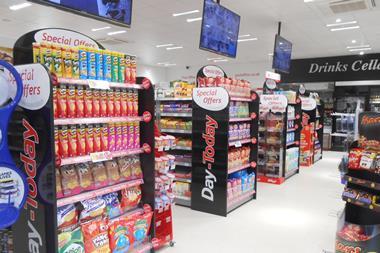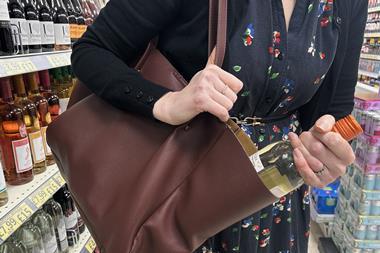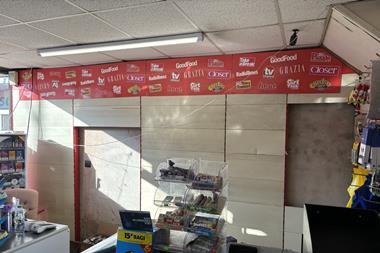The government is proposing new rules which could restrict where and how retailers promote food and drinks that are high in fat, salt and sugar (HFSS), in a bid to reduce childhood obesity.
The 12-week consultation asks if promotions of HFSS products should be banned from checkouts, aisle ends and store entrances, and if there should be restrictions on multibuy promotions of HFSS products, such as ‘buy one, get one free.’
The consultation, part of the government’s childhood obesity plan, also asks if exemptions should be made for small businesses, so they are not penalised by the rules.
The new rules would only apply to deals that promote HFSS food and drinks that are most often consumed by children. They would not stop discounts on household essentials.
Businesses would also still be free to offer discounts for individual sales of HFSS items, as this does not require consumers to buy more in order to benefit from savings.
Public health minister Steve Brine said: “Preventing ill health is critical to our Long Term Plan for the NHS, and I want to do everything in my power to keep people healthy for longer. This must start with the health and nutrition of our children.
“Tackling childhood obesity means working together across society, with industry, public services and families all having a role to play.
“All too often we hear people say less healthy foods are cheaper and easier but that is simply not the case.
“This is about ensuring businesses are doing their part to shift the balance and help children and families eat healthier options like fruit and vegetables.”
Recent research from the Obesity Health Alliance found that 43% of all food and drink products located in prominent areas were for sugary foods and drinks, with just 1% for fruit and vegetables.
The Association of Convenience Stores (ACS) called on the government to ensure that small stores would be exempt from any display restrictions.
Commenting on the consultation, ACS chief executive James Lowman said: “Restrictions on where products can be located in store would be particularly difficult to implement for small shops with limited space.”



























1 Readers' comment